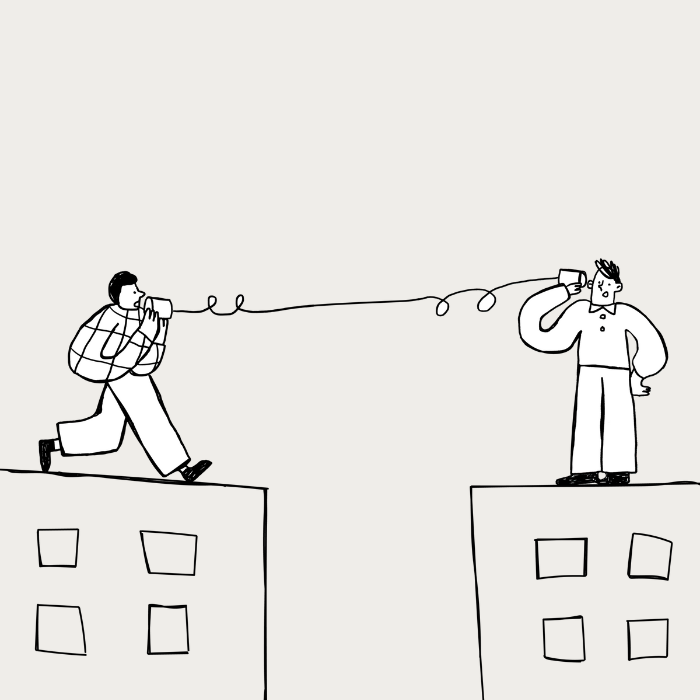
Resolving conflict can be tricky – teaching your kids how to resolve their conflicts can be even trickier. We’ve got some handy tips for fighting fair and resolving conflict constructively? Paula Galey explains.
The family environment can be challenging to negotiate at times, full of fragile personalities and the perils of balancing each member’s rights. But it is heartening to know that this actually provides parents with an opportunity to teach their children strategies that will help them resolve conflict constructively and learn the difference between behaving in a manner that is assertive, aggressive, or passive. Research has demonstrated that it is possible to diminish the amount of interpersonal conflict in our lives by using strategies such as assertion, reflective listening, being aware of personal thresholds towards behaviours that invite conflict, refraining from behaviours such as threatening, judging, or name-calling, having good emotional support, appraising the consequences of conflict situations, and adopting an attitude of tolerance and acceptance of others.
By modelling the skills of conflict resolution, assertive behaviour, and resisting pressure within the micro world of our families, we impart to our children vital life skills that will enable them to navigate the wider world in a more confident, self-directed manner. Just by observing the adults in their lives applying these strategies, children inherit the tools and place them in their behavioural toolbox ready for relevant situations they encounter in their own daily lives.
Conflict resolution
Conflict resolution involves talking and discussing feelings, hearing the other person’s point of view, agreeing to disagree, or using problem-solving in which people decide on a solution together by generating many possible solutions. The following model provides a simple but practical set of rules that enable conflicts to be solved more constructively. It allows people an opportunity to “fight” in a systematic, non-destructive way. The use of rules ensures the conflict arena is safe by lending a sense of boundaries. However, before choosing to resolve a situation of conflict, make sure both people have the emotional energy and time to devote to it.
Model
Treat the other person with respect. Respect for another person is shown by the way you listen to them, look at them, the tone of voice and words you choose to use, the type of reasoning you use, whether you resort to put-down vocabulary or sarcasm, and the body language, facial expressions, and gestures you demonstrate.
Listen until you can see the other person’s point of view. When the other person feels heard, you have then earned the right to express your own point of view and feelings.
State your views, needs, and feelings. State your point of view succinctly. Avoid using confrontational words. Say what you mean and mean what you say. Explain your feelings.
Example
Mum: “I’m angry because when I asked you to help clean up after dinner, you said you could not because you still had to do your homework.”
Child: “You’re upset because you think I used homework
as an excuse for not cleaning up.”
Mum: “Yes, that’s right. It didn’t seem fair that you didn’t help.”
Child: “I agree I should have helped. I had not done my homework already because I couldn’t find a dictionary until now, and I was worried I would get in trouble at school.”
Mum: “You were worried about getting into trouble. I could have helped you earlier if you had asked. Next time, just ask me, and I will help you during homework time.”
Child: “Okay, that would be awesome – then I can help with the clean-up after dinner.”
Being assertive
Being assertive enables people to maintain respect, satisfy their needs, and defend their rights without being dominating, manipulating, abusing, or controlling others. Assertion is founded on respect for ourselves and what we believe to be fair, and respect for others. In contrast, being aggressive involves using physical, emotional, or verbal violence to deal with the conflict (like threatening someone). Aggression involves violating the rights and dignity of others by expressing your needs, feelings, and ideas in ways that overpower them. Being passive involves masking or ignoring problems. Passive behaviour demonstrates limited respect for ourselves and our rights. We have the right to make our wants known, and we deny our own importance when we do not ask for what we want. The best way to get what we want is to be direct and specific.
Example
Mum: “I feel angry when you do not get yourself ready for school in the morning because it means I have to keep nagging at you. I would like it if you got your bag packed and clothes on by yourself. Then our morning would go much smoother and we would all be happier. Shall we create a routine chart to help you?”
Saying no
Being able to advocate for ourselves and resist pressure in an assertive manner is a fundamental skill to impart to our children. Acquiring this skill ensures that children can protect themselves from being victimised and taken advantage of by others.
Model
- Listen to what others want you to do.
- Think about the consequences of doing this.
- Think about why you do not want to do this.
- Speak to the person in a friendly way, but with a firm voice.
- Give the reason why you will not do what is asked.
- Decide what you want to do.
- If you decide not to go along with the idea, tell the person.
- Suggest something else to do instead.
- Saying no does not reject the other person, just their request.
- Be direct, concise and to the point.
- Don’t be swayed by cajoling, begging, compliments, or other forms of manipulation.
- Start your answer with the word “no”.
Verbal cues
- “No, I can’t because… Shall we… instead?”
- “No, I’ve too much to do.”
- “No, thank you, I do not want to.”
- “No, I have done my share.”
- “No, I am not interested, thank you.”
- “No, that is not the right choice for me.”
Paula Galey (M Ed Psych (hons) Hdip Tchg) is a teacher who specialised in working with students with learning and behaviour difficulties. She currently writes educational resources while raising her three children.








